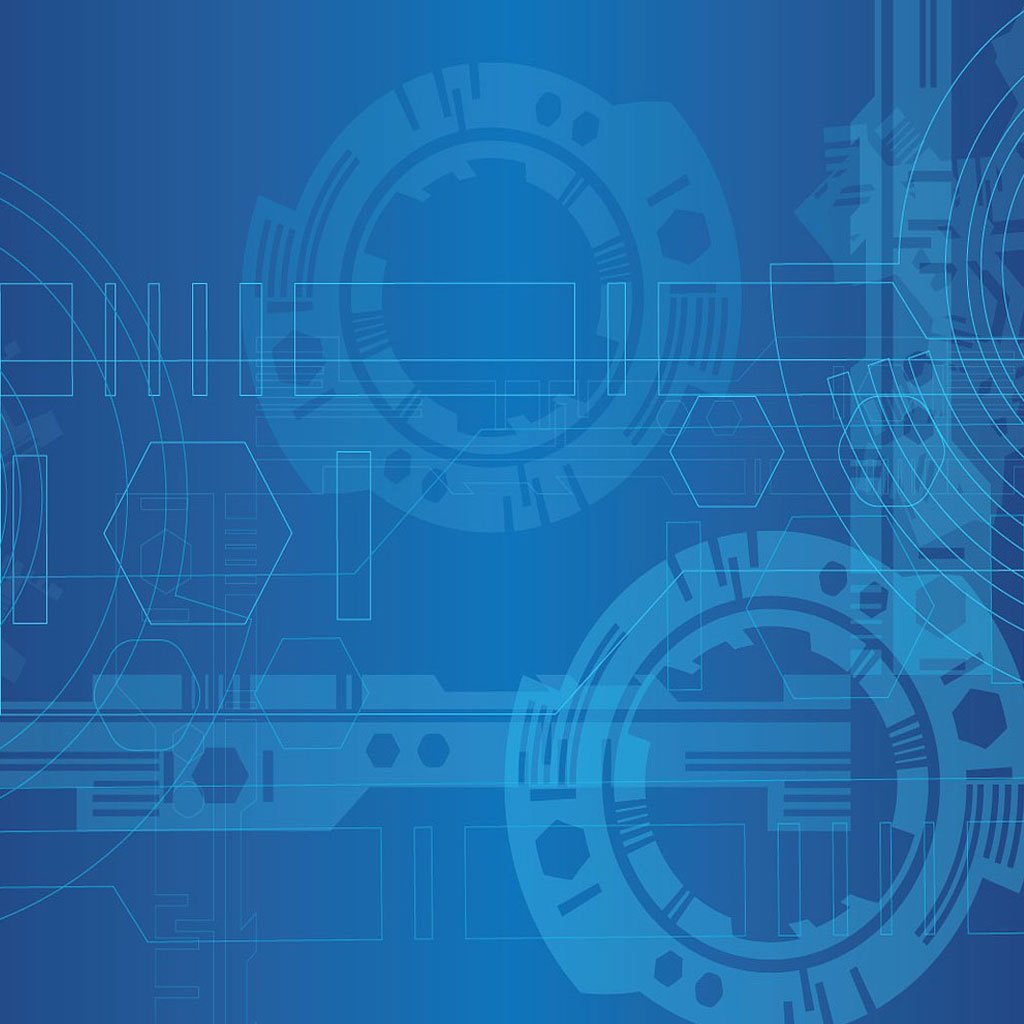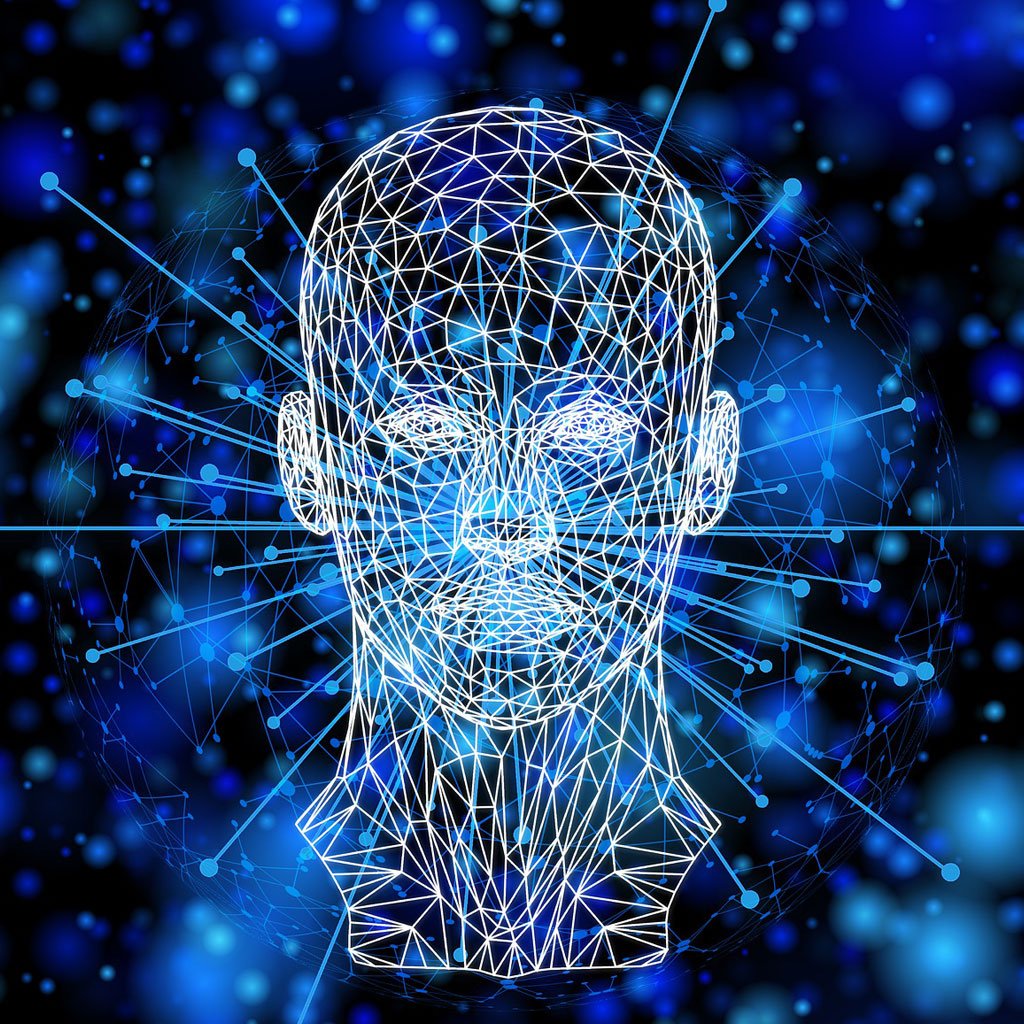
Understanding Web 3.0 Technology: A Comprehensive Exploration
Last updated: March 15, 2024 | Digital Techtune
The evolution of the internet has profoundly shaped human interactions, economies, and societies. From the static web pages of Web 1.0 to the dynamic and interactive platforms of Web 2.0, each phase has brought about significant changes in how we access and share information. Now, emerging on the horizon is Web 3.0, a concept that promises to revolutionize the digital landscape once again. In this essay, we will delve into the essence of Web 3.0 technology, exploring its defining characteristics, underlying principles, potential applications, challenges, and implications.
Defining Web 3.0 Web 3.0, often referred to as the Semantic Web or the Decentralized Web, represents the next phase in the evolution of the internet. Unlike its predecessors, Web 3.0 aims to create a more intelligent, interconnected, and decentralized web ecosystem. At its core, Web 3.0 seeks to imbue the internet with the ability to understand and interpret data in a meaningful way, enabling machines to process information with human-like comprehension. This transformative vision is underpinned by several key principles and technologies that distinguish it from previous iterations of the web.
Key Principles and Technologies
- Semantic Web: Central to the concept of Web 3.0 is the idea of the Semantic Web, which entails structuring data in a manner that facilitates machine understanding. This involves annotating information with metadata and using ontologies to establish relationships between different data elements. By employing semantic technologies such as RDF (Resource Description Framework) and OWL (Web Ontology Language), Web 3.0 aims to enable more sophisticated data querying, reasoning, and inference.
- Decentralization: Another fundamental aspect of Web 3.0 is decentralization, which represents a departure from the centralized architectures prevalent in Web 2.0. Decentralized technologies like blockchain provide the infrastructure for creating distributed networks where data and applications are not controlled by any single entity. This distributed model enhances security, resilience, and censorship resistance while promoting greater autonomy and user sovereignty.
- Interoperability: Web 3.0 prioritizes interoperability, allowing disparate systems, platforms, and devices to seamlessly communicate and share data. Standards such as W3C’s Linked Data and protocols like JSON-LD facilitate the exchange of structured data across different domains, enabling smoother integration and collaboration between diverse web services.
- Personalization and Contextualization: Web 3.0 places a strong emphasis on personalized and context-aware experiences, leveraging advanced algorithms and AI techniques to tailor content and services to individual preferences and situational contexts. By harnessing data analytics, machine learning, and natural language processing, Web 3.0 platforms can deliver more relevant and intuitive user experiences.
- Trust and Security: Trust and security are paramount in the Web 3.0 paradigm. Through cryptographic techniques and consensus mechanisms, decentralized networks ensure the integrity, authenticity, and immutability of data, mitigating the risks associated with centralized intermediaries and malicious actors. Smart contracts, powered by blockchain technology, enable self-executing agreements that enforce trust and transparency in digital transactions.
Potential Applications The transformative potential of Web 3.0 extends across various domains, offering new possibilities for innovation, collaboration, and value creation. Some notable applications include:
- Decentralized Finance (DeFi): DeFi platforms leverage blockchain technology to enable peer-to-peer financial services such as lending, borrowing, and trading without intermediaries. By eliminating traditional gatekeepers and enhancing transparency, DeFi democratizes access to financial products and fosters financial inclusion on a global scale.
- Decentralized Identity: Web 3.0 facilitates the creation of self-sovereign identities that users control directly, eliminating the need for centralized identity providers. Through decentralized identity solutions, individuals can securely manage their personal data and authenticate themselves across various online services without relying on centralized authorities.
- Content Monetization and Ownership: Web 3.0 enables content creators to monetize their work more directly through mechanisms like micropayments, tokenization, and decentralized marketplaces. By bypassing intermediaries and establishing direct relationships with their audiences, creators can capture more value from their content while retaining greater control over intellectual property rights.
- Supply Chain Management: Blockchain-based supply chain solutions enhance transparency, traceability, and accountability throughout the entire supply chain lifecycle. By recording immutable data regarding the origin, movement, and condition of goods, Web 3.0 technologies enable stakeholders to mitigate fraud, streamline logistics, and ensure ethical sourcing practices.
- Decentralized Social Networking: Web 3.0 fosters the development of decentralized social networks that prioritize user privacy, data ownership, and content moderation. These platforms leverage peer-to-peer networks and cryptographic protocols to empower users with greater control over their social interactions and digital identities, mitigating the risks of surveillance capitalism and algorithmic manipulation.
Challenges and Considerations While Web 3.0 holds immense promise, it also presents certain challenges and considerations that must be addressed:
- Scalability: Scalability remains a significant hurdle for Web 3.0, particularly concerning blockchain-based systems. As the number of users and transactions grows, scalability issues such as network congestion and high fees can impede the widespread adoption of decentralized applications.
- Usability: User experience and interface design play a crucial role in the success of Web 3.0 applications. Improving the usability of decentralized platforms and abstracting complex technical concepts are essential for mainstream adoption.
- Regulatory Uncertainty: The regulatory landscape surrounding Web 3.0 technologies is still evolving, presenting uncertainties regarding compliance, taxation, and legal frameworks. Clear and adaptable regulations are needed to foster innovation while ensuring consumer protection and market integrity.
- Privacy and Security: While Web 3.0 offers enhanced privacy and security features, it also introduces new risks and vulnerabilities. Protecting sensitive data, preventing identity theft, and addressing privacy concerns without compromising usability are ongoing challenges for decentralized systems.
- Interoperability and Standards: Achieving seamless interoperability between different Web 3.0 protocols and platforms requires the establishment of common standards and protocols. Collaborative efforts within the industry are essential to overcome interoperability barriers and promote ecosystem cohesion.
Implications and Future Outlook The emergence of Web 3.0 technology heralds a paradigm shift in the way we interact with the internet and digital services. By decentralizing control, enhancing privacy, and fostering trust, Web 3.0 has the potential to reshape entire industries and empower individuals in unprecedented ways. However, realizing this vision requires collaborative efforts from technologists, policymakers, businesses, and users to address technical challenges, regulatory concerns, and societal implications.
Looking ahead, the trajectory of Web 3.0 will be influenced by factors such as technological advancements, regulatory developments, market dynamics, and societal values. As the digital landscape continues to evolve, Web 3.0 represents a journey towards a more inclusive, equitable, and decentralized internet ecosystem that reflects the aspirations and values of its users.
Conclusion In conclusion, Web 3.0 technology represents a transformative evolution of the internet, characterized by semantic understanding, decentralization, interoperability, and enhanced trust. By harnessing the power of blockchain, AI, and decentralized protocols, Web 3.0 promises to revolutionize industries, empower individuals, and reshape the digital landscape. However, realizing the full potential of Web 3.0 requires addressing technical challenges, regulatory uncertainties, and societal implications collaboratively.

